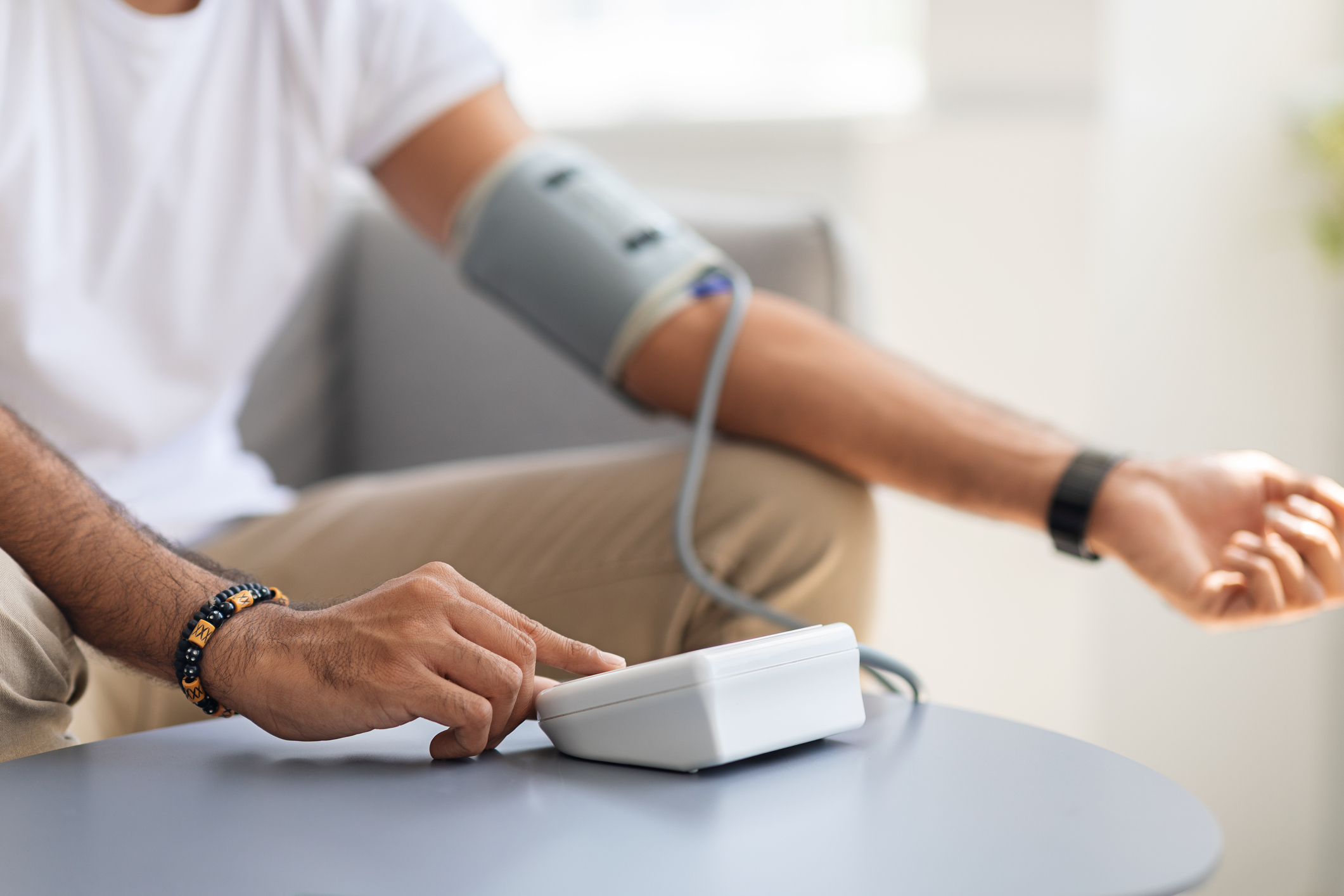Multiple Medicare administrative contractors (MACs) recently held a virtual, multi-jurisdictional meeting to discuss efficacy of remote physiologic monitoring (RPM) and remote therapeutic monitoring (RTM). The meeting lasted two-plus hours and included commentary from more than 50 subject matter experts, mostly physicians from various specialties who have experience with RPM and RTM.
Members of the Prevounce team, including myself, listened to the program, which was not only highly informative but encouraging. Not a single expert spoke negatively about their RPM or RTM experience. They spoke of the power of remote care to improve access, reduce inequities and social determinants of health barriers, strengthen patient engagement, cut costs, and ultimately improve outcomes. I am grateful to these physicians that they spoke up and took the time to share their stories.
As the founder of a healthcare software company that helps providers deliver remote patient management, chronic care management, and preventive services, I am obviously on the pro-RPM/RTM side. It was great to hear so many providers line up to talk through their positive experiences. Many of them were similar to the powerful anecdotes we hear every day at Prevounce, while others — such as the podiatrists who shared stories of how RPM and RTM have benefitted their patients and practices — provided us with fresh perspectives we don't typically have access to.
I also greatly appreciated the arguments made about not curtailing coverage while outcome data is currently being gathered in earnest. Between the short time the codes have been out, the yearly changes to the CPT requirements, and the huge, confounding variable that was the COVID-19 pandemic, it is difficult to argue that we already have the outcome insight to make sweeping changes — particularly for conditions and disease states where we have strong anecdotal evidence but where research is just getting started.
We will have more to say about the topics covered in this meeting and the future of RPM and RTM down the road. You can look for this commentary or links to it on social media (LinkedIn, Twitter, and Facebook). We'll also be sharing links to the recording and transcript of the MAC meeting when they're made available, hopefully in the coming days.
If the topics covered in the MAC meeting interest you, I invite you to connect with me personally on LinkedIn. I am always looking to expand my network of others in this space.

